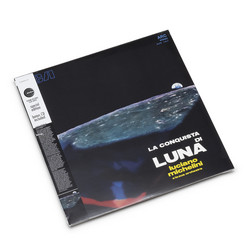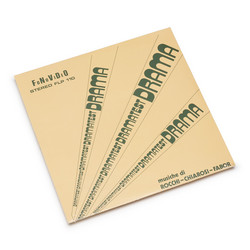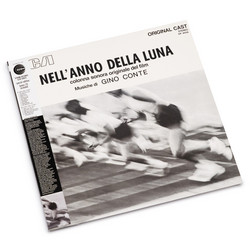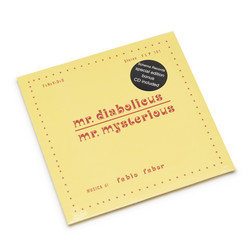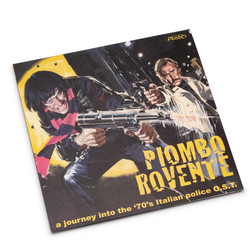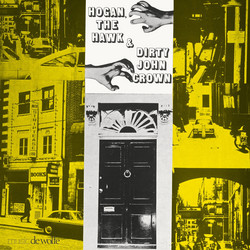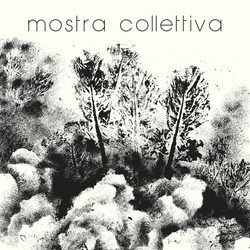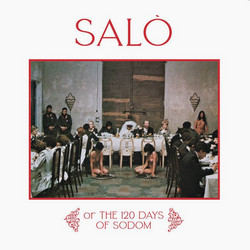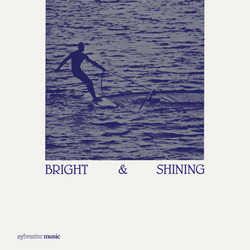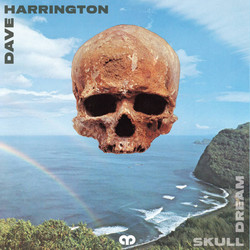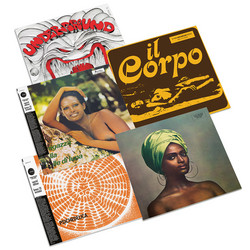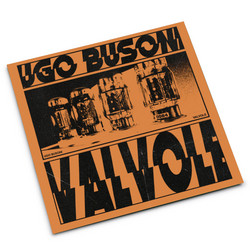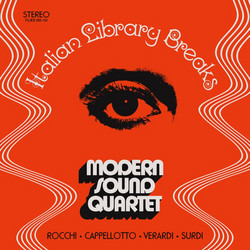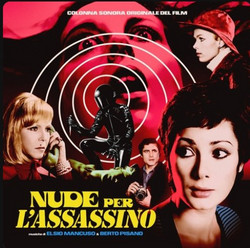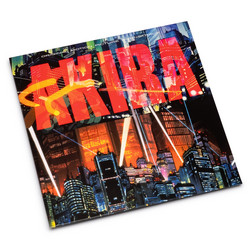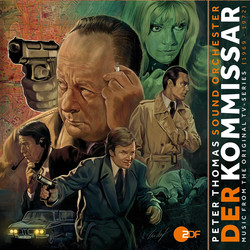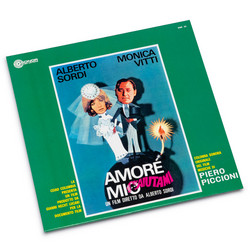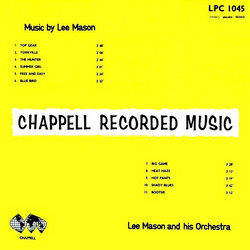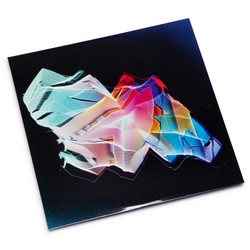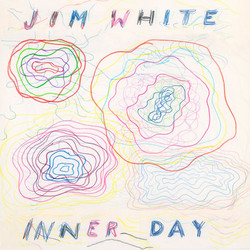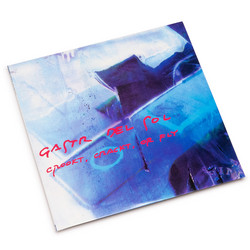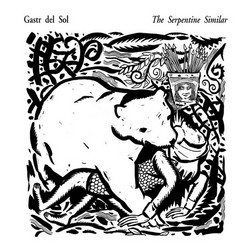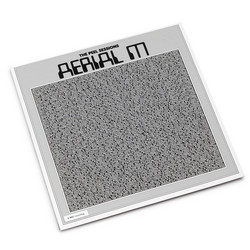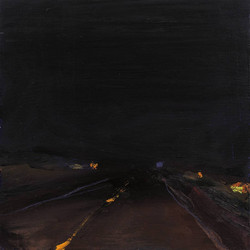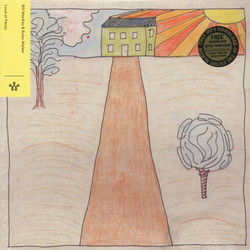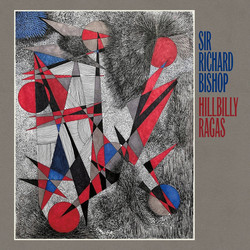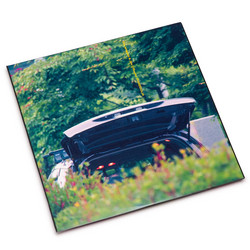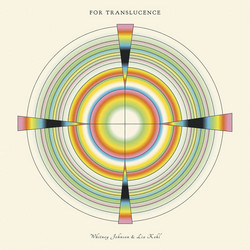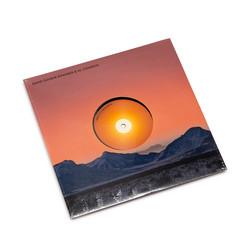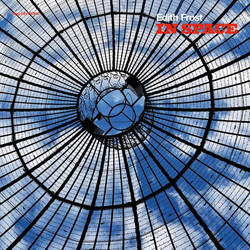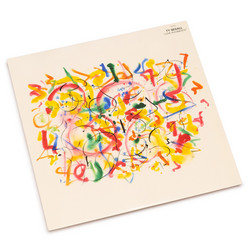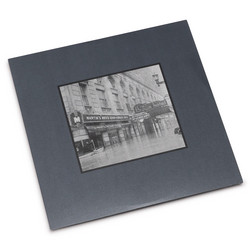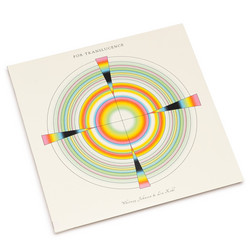Something happened in Boston in the late 70s that nobody can explain. No, we're not talking about The Soiling of Old Glory. It's this Mad Music record, truly beautiful mutant strain of hi-fi/ambient/post-psych minimalism packaged exquisitely and randomly by parties unknown but well endowed with ideas for freaky juxapositions. Over 30 years later, it's still mysterious - but since you missed your first chance, here's your shot at one of the music world's rare records. Get even - get Mad Music!
"Looking for concrete information on this obscure LP, pressed up by the conglomerate calling itself Mad Music Inc. in the greater Boston area circa 1977, is maddening. Ask the two record labels responsible for its being re-pressed after residing deep in obscurity for over 30 years and you might get answers like: "The album was created in part for research and therapeutic purposes, but that's all we can say," or, "a few of the names of the professional studio musicians who played on the record might be familiar to aficionados of the disco era." Also: "Play the record, and everything becomes more unclear still..."
If it helps to muddy matters, there's a straight-faced PDF on the Yoga Records website that accompanies their reissue of this genre-sloughing, beguiling, idiosyncratic LP, as well as a Mad Music logo of what may be a laughing Lex Luthor with an 8-track player embedded in the side of his head, a long-since disconnected phone number underneath. Yet there are no answers for what Mad Music Inc. ever was, if it was in fact anything other than a self-funded whim undertaken in the late 70s. In talking to Yoga's Douglas Mcgowan, he insinuated that the project stemmed from one Bostonian in particular who dabbled in the piano and had the discretionary funds to hire a bunch of studio musicians to flesh out such musings. He then went on to compare the proceedings to when early 20th-century spiritual teacher George Ivanovich Gurdjieff had his hummings turned into piano music by composer and spiritual devotee Thomas de Hartmann.
There is an ineffable spiritual feel to the 11 untitled tracks that constitute Mad Music, at times bolstered by what sounds like a sonic precursor to New Age music. And for readers who instinctively shiver at the latter genre, be forewarned the album has plenty of flute and harp coursing across its sides, especially on the opening track, suggesting a mellow moment from either an Alice Coltrane record or a privately pressed record that teaches you how to breathe. But for all of its seeming New Age earmarks, the ever-shifting music here courses and changes so that MMInc. soon never feels beholden to any one genre.
The third track mingles piano, sitar, and a wordless female vocal that evokes middle-period Popul Vuh, as elegant and weightless as Ophelia's lace adrift in a river. But minutes later, on the fourth track, there's a funky, elastic bassline wrapping around the piano line, and a female voices cooing "aah" and "la" that briefly evoke the weird Steely Dan moment that occurs on adventurous composer Blue Gene Tyranny's 1978 album Out of the Blue. Of all the songs, this one seems most likely to correspond to a track called "Gospel Disco", the never-pressed 45 label art that also appears in that befuddling PDF. At other moments, the fastidious and distinct envisioning of how to make so many sounds come together remind me of certain aspects of Italian composer Luciano Cilio's devastating album from the year before, Dialoghi del presente.
Most of the second half of the album emphasizes this mysterious creator's piano meditations, sometimes featuring a bit of French horn or cymbal (and in one instance, a creaking door), foretelling of the imminent "New Age" invasion just on the horizon. It's not for every reader's sensibilities, but fans of the aforementioned artists would enjoy such a mystery. And there's a peculiarity present, in part serious but also mischievous-- clues and red herrings both-- that dashes any pat classification. When it first appeared in 1977, each copy of Mad Music Inc. contained random ephemera perhaps associated with the recording process (which Drag City painstakingly recreates here), from photos of a Moog synthesizer to instructions for installing an underwater loudspeaker to a 1973 article published in The New Englander titled "Business Tries Meditating", surmising that the "Maharishi makes sense in board room." Which may be the most sensible statement here." Pitchfork
